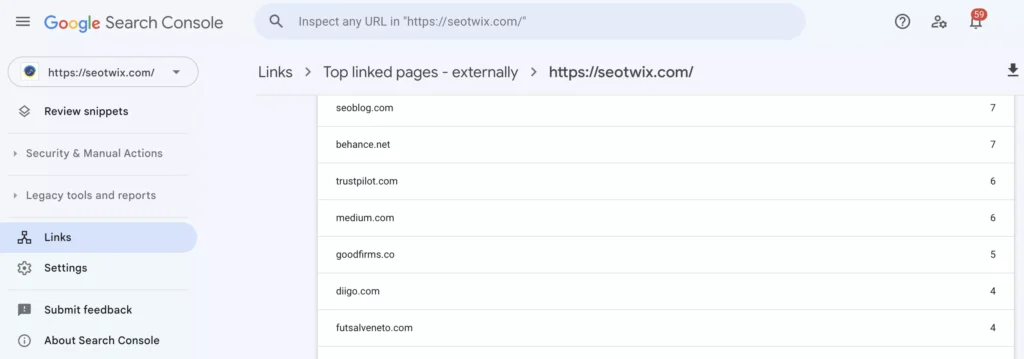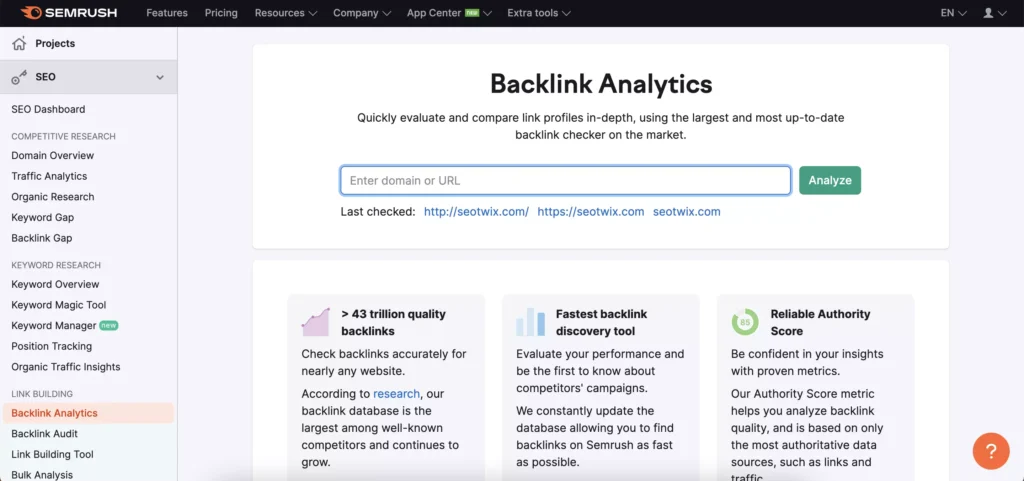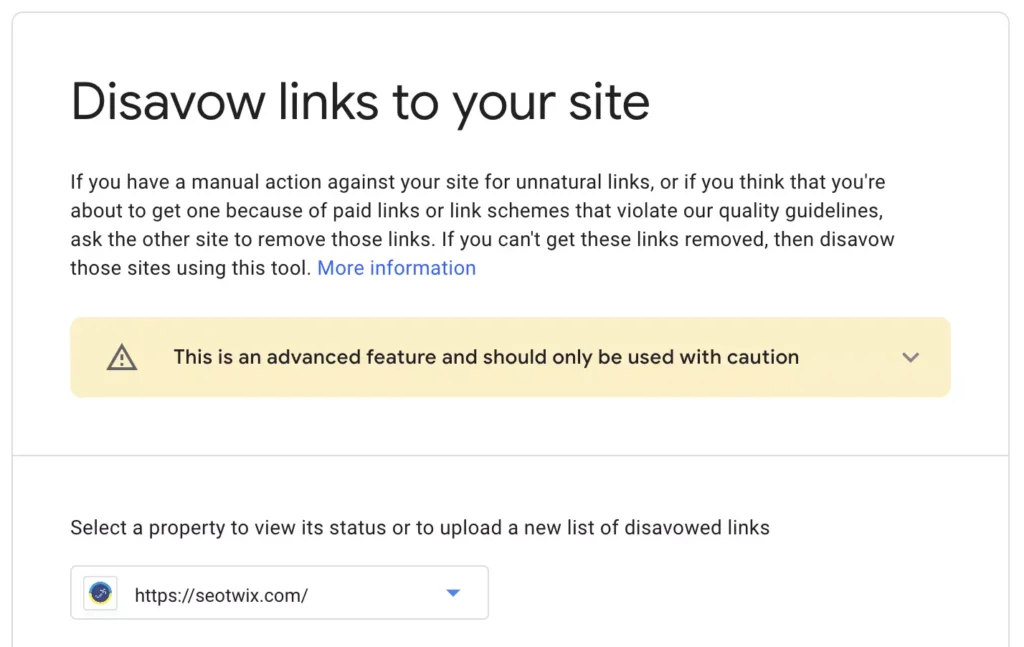In the cutthroat world of online business and search engine rankings, some unscrupulous competitors may resort to unethical tactics to gain an advantage over their rivals. One such malicious technique is known as Negative SEO, where competitors try to harm a website’s ranking by creating spam backlinks. In this article, we will explore what spam backlinks are, how they can harm your site’s ranking, and what actions you can take to protect your website.
The Impact of Spam Backlinks on Your Website's Ranking
Negative SEO refers to the practice of using black-hat SEO techniques to undermine the search engine rankings of a competitor’s website deliberately. One common Negative SEO tactic is the creation of spammy backlinks. Backlinks, also known as inbound links, are links from other websites pointing to your site. Generally, high-quality backlinks from reputable websites can improve your site’s authority and search engine ranking. However, low-quality backlinks from spammy or irrelevant sources can have the opposite effect.
When a website accumulates a significant number of spammy backlinks, search engines may perceive it as an attempt to manipulate rankings and, as a result, penalize the affected site. This can lead to a drop in search engine rankings, loss of organic traffic, reduced brand salience and ultimately, a decline in business revenue.
How Competitors Can Attack Your Site with Spam Backlinks
Competitors engaging in Negative SEO can implement several tactics to create spam backlinks to your site. Some of the most common methods include:
1. Link Farms: Competitors can use link farms, which are networks of low-quality websites created solely to generate backlinks. These link farms often contain irrelevant content and have no real value to users.
2. Forum and Blog Spam: Competitors may leave spammy links in the comments section of various forums, blogs, and social media platforms, taking advantage of the website’s lenient moderation policies.
3. Paid Links: Malicious competitors might buy spam backlinks and direct them to your site, making it seem like you are involved in link schemes.
4. Anchor Text Manipulation: Negative SEO attackers can also use exact match anchor texts (keywords) that are unrelated to your content, making it appear as if you are engaging in manipulative link-building practices.
Should You Ignore Spammy Backlinks?
Having a few spam links shouldn’t be a major cause for concern. Google doesn’t penalize websites solely based on a handful of bad links; it doesn’t mean they will overlook your good links. So, as long as the number of harmful links is limited, you can rest assured that your good backlinks will still hold value in Google’s eyes.
But when there are a lot of spammy backlinks to your website, ignoring them and hoping search engines will disregard them is not a recommended strategy. Search engines like Google are continually improving their algorithms to detect and handle spammy backlinks more effectively.
As you might recall, during the Penguin 4.0 update, Google announced the integration of Penguin into its core algorithm. One significant change with this update was Google’s emphasis on devaluing spam. Consequently, when Google identifies spammy backlinks with certainty, it chooses to ignore them. As a result, there is no need to worry about these spam backlinks. However, it’s important to note that this assertion may not always be entirely accurate.
Furthermore, if the number of spammy backlinks pointing to your site becomes substantial, it may raise a red flag for search engines, potentially leading to penalties or manual actions against your website.
How to Check Spam Backlinks?
Checking for spam backlinks is an essential step in maintaining a healthy and reputable backlink profile for your website. Here are some methods you can use to identify and check for spam backlinks:
1. Google Search Console:
Google Search Console is a valuable tool provided by Google that allows you to monitor your website’s performance in search results. To check for spam backlinks using Google Search Console:
- Go to Google Search Console and log in to your account.
- Select your website property from the dashboard.
- Navigate to the “Links” section and click on “External Links.”
- Here, you’ll find a list of websites that link to your site. Examine this list and look for any suspicious or irrelevant domains that might be spammy.
2. Manual Examination:
While using tools can be effective, manually examining your backlinks can also be beneficial. Go through the list of backlinks and look for signs of spam, such as:
- Irrelevant anchor text or keywords that have no relation to your content.
- Backlinks from websites with poor design and low-quality content.
- Links from link directories or link farms.
- Foreign language websites are unrelated to your target audience.
3. Backlink Analysis Tools:
There are various backlink analysis tools available that can help you identify spam backlinks and analyze your overall backlink profile. Some popular tools include:
- Ahrefs
- SEMrush
- Moz
- Majestic
- CognitiveSEO
Using these tools, you can enter your website’s URL and generate a comprehensive report on all the websites linking to your site. Look for backlinks from low-quality or irrelevant websites, as these are often indicators of spammy backlinks.
4. Monitor Referral Traffic:
Keep an eye on your website’s referral traffic regularly. If you notice a sudden influx of traffic from unfamiliar or irrelevant websites, it could be an indication of spammy backlinks.
5. Monitor Search Engine Rankings:
If you experience a sudden drop in search engine rankings or a noticeable decline in organic traffic, it may be a sign of a spam backlinks attack.
Once you have identified spammy backlinks, you need to remove them.
How to Remove Spam Backlinks?
If your website has fallen victim to a Negative SEO attack or you’ve discovered a substantial number of spammy backlinks pointing to your site, you might be wondering how to remove
backlinks from spam website effectively. Fortunately, search engines like Google provide a valuable tool to address this issue – the Disavow Tool.
When you decide to use the Disavow Tool, you’ll need to create a text file (.txt) listing all the URLs or domains of the spammy backlinks you want to disavow. You can include multiple URLs or entire domains in this file, depending on your needs. Once you’ve compiled the list, you can submit the file through the Google Disavow Tool interface.
While the Disavow Tool can be a helpful resource in combating spammy backlinks, it’s essential to exercise caution when using it. Submitting incorrect or irrelevant backlinks in your disavow file could potentially harm your site’s rankings further. Google will follow your instructions and disavow the listed links, so make sure you’re certain that those backlinks are indeed harmful to your site’s SEO before adding them to the disavow file.
Before resorting to the Disavow Tool, consider making efforts to manually remove the spammy backlinks. Reach out to the webmasters of the websites hosting these harmful links and politely request their removal. Document your outreach attempts, as this documentation can be useful in case you need to submit a reconsideration request to Google later on.
Negative SEO is a real threat in the competitive online landscape, and spam backlinks are one of its primary weapons. Vigilance is crucial to protect your website from such attacks. Regularly monitor your backlink profile, disavow spammy links when necessary, and focus on building high-quality, relevant backlinks to strengthen your website’s authority and resilience against spam attempts. By staying informed and taking proactive measures, you can safeguard your site’s rankings and maintain its online reputation.
For businesses looking to fortify their online presence and navigate the complexities of SEO, consulting with an expert can make all the difference. Our SEO specialists offer comprehensive services to not only identify and disavow harmful backlinks but also to implement strategies that enhance your site’s authority and visibility. With tailored solutions and ongoing support, our team ensures that your website remains robust against negative SEO threats while climbing the search engine ranks.







